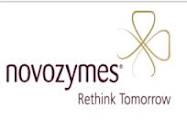



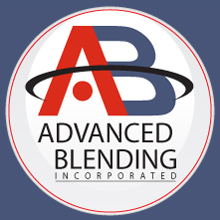
 |
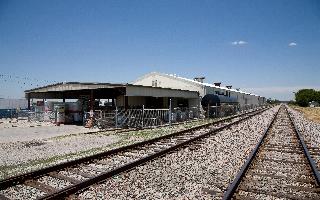 |
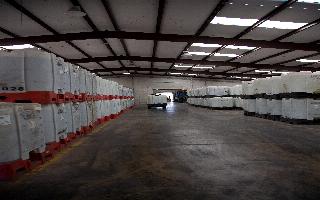 |
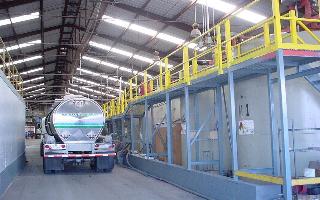 |
 |
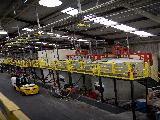 |
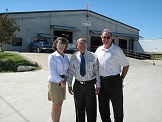 |
Total Water Management / Water Pond, Lake, River Restoration / Water Filtration / Enzyme wastewater treatmen, laundry, and Dishwash Application / Algae Biodiesel





 |
 |
 |
 |
 |
 |
 |
Total Water Management / Water Pond, Lake, River Restoration / Water Filtration / Enzyme wastewater treatmen, laundry, and Dishwash Application / Algae Biodiesel
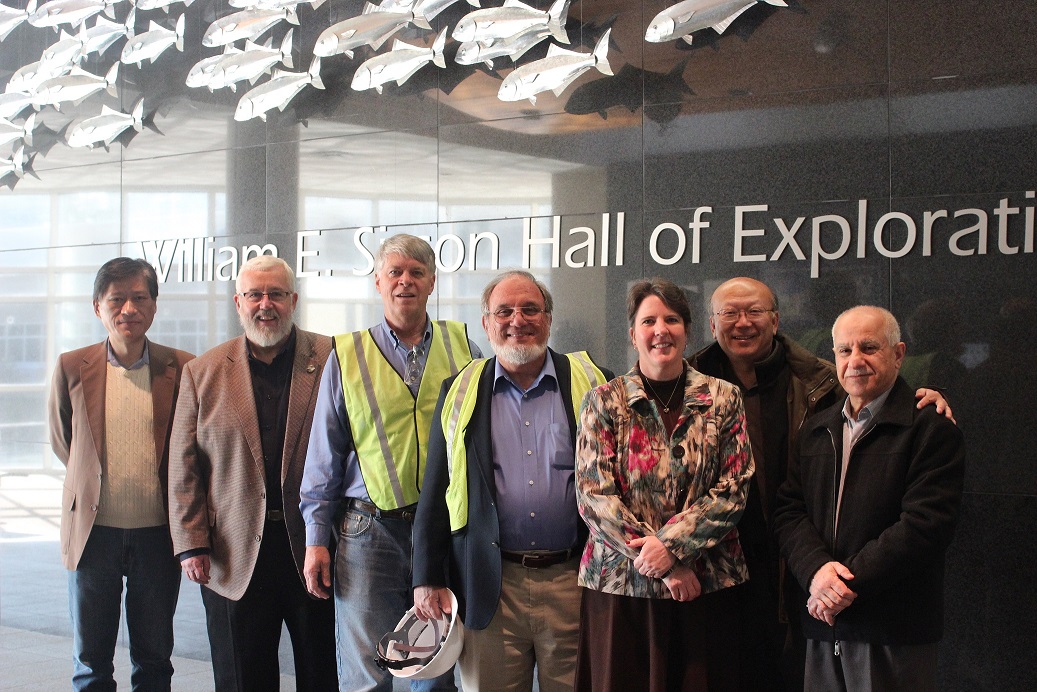 |
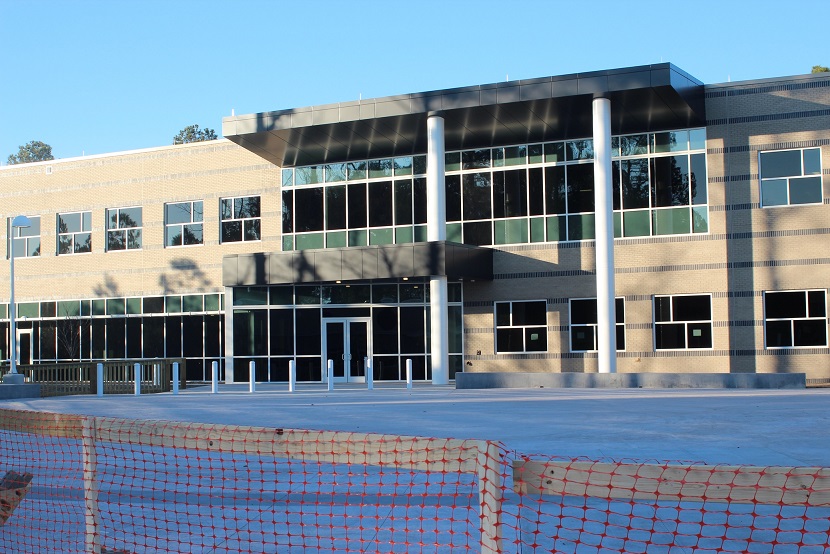 |
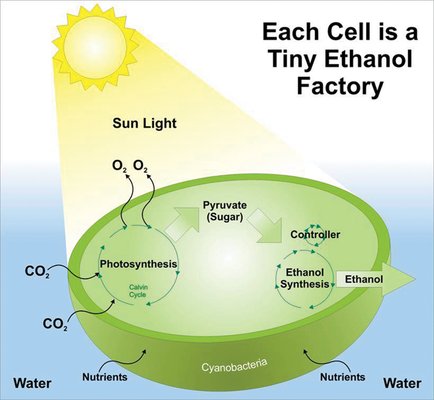 |
 |
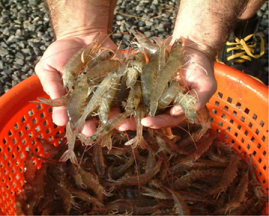 |
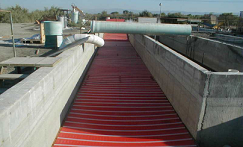 |
 |
Algal Production and Harvest for Food, Feed and Biofuels
This patent project are developed through :
(1) Professor, Dr. David Brune and Endowed Chair, Dept. of Agri & Biol.Engr., Clemson University
(2) Assistant Professor, Califonia Polytechnical University, California
(3) Manager, International Network Biofixation of CO2 & GHG Abatement with Microalgae, Walnut Creek, Calif.
This "Algal Systems Applications" are using Controlled Eutrophication Process (CEP) to reach the following target:
Two major project were done for "Integrating Environmental Remediation with By-Product Recovery".
Major advantage:
for this Aquaculture / Bioenergy Co-Production process can reach higher Cash-Flow Potential
| •Zero emissions •In high efficient harvesting algae District, Our new system can keep the water quality for aquaculture fish or shrimp to produce 20,000-25,000 lbs / acre with zero discharge effluent. •Biomass is 10-20 tons / acre of algae can be produced annually by 5-10 tons / year of fish alternatives, such as Artemia biomass. |
| A one-acre high-rate algal production footprint could support as much as $180,000/yr of aquaculture value, $25,000 of animal feed value with $2,000 to $6,000 of biofuels cash flow. |
| 4 kw/acre of stationary power (as biogas) with 250-500 gallons of liquid fuel/acre-yr (25 -50% of energy required to operate systems) 75-90% of the cash-flow provided by fish or shrimp production, 10-15% from animal feeds, and 5-10% from bioenergy co-production |
Pilot plant in Salton Sea |
|
CEP Algal Sedimentation Belt at Kent |
high concentration algae |
collected wet-dry algae |
solar drying algae |
2-Ac Freshwater System for Aquaculture @ Clemson
|
0.25 acre,130,000 gallons, BS reactor =700 gal, 0.5% of system volume |
|
Algal biomass harvest from Partitioned Aquaculture System at Clemson University, S.C.
|
Algal biomass harvest from Partitioned Aquaculture System at Clemson University, S.C. |
Marine shrimp and Fish from harvested pond in Partitioned Aquaculture System at Clemson University, S.C. |
Marine shrimp and Fish from harvested pond in Partitioned Aquaculture System at Clemson University, S.C. |
Extracted mixed oil
|
Gravity separation; oil, water and biomass fractions |